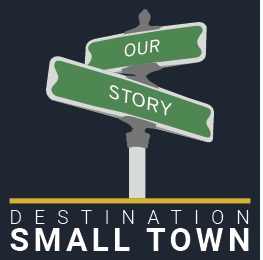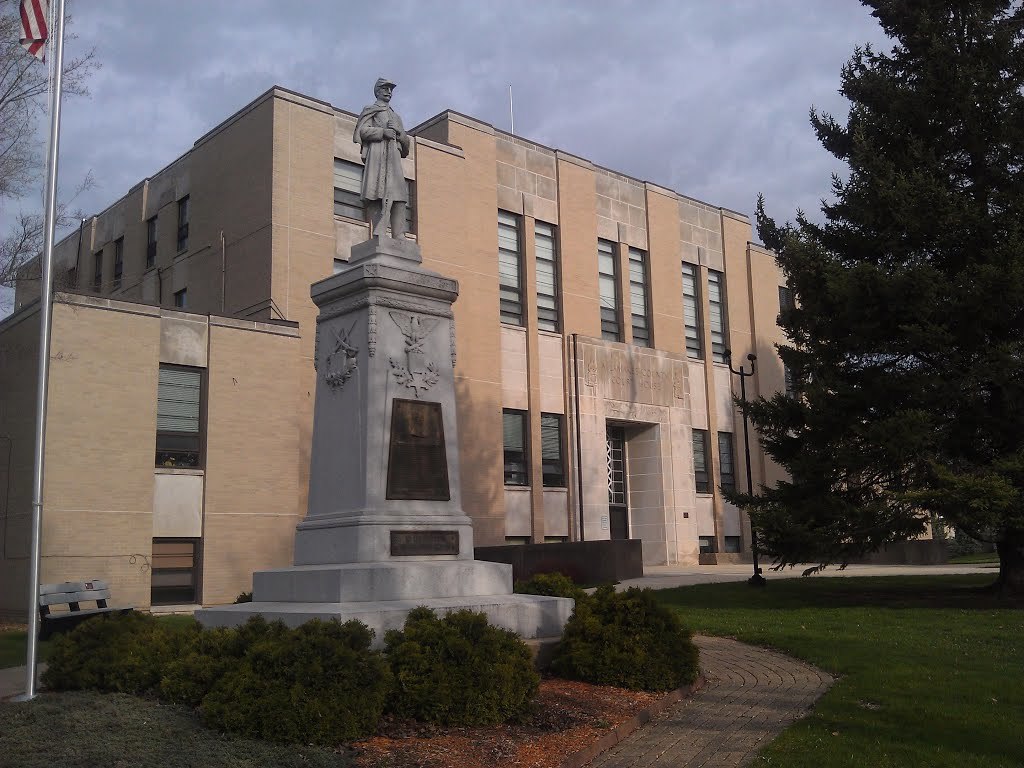Since the founding of our communities, organizations, businesses and citizens have stepped forward to build and serve their community. Click on any of the logos below to learn about those who made this website possible! If you would like to learn about becoming a sponsor CLICK HERE!

- County: Allamakee County, IA
- Region: Northern IA
- Sponsors
- About Lansing, IA
- Businesses
- Community Organizations
- Faith Organizations
- Festivals and Events
- Points of Interest
- Veterans
- Visit Facebook Page
- Visit Website
Learn how to Contribute to any of the above categories.
No news yet. Got some news? Hit that NEW POST button!
About Lansing, IA
Nothing evokes stronger American memories and feelings quite like the phrase “Mississippi River Town.” The River—those two words alone are enough to identify the Mississippi—is a significant part of our American history, values, and personality. Just three percent of Americans are fortunate enough to live on the Ol’ Miss and can claim, “The River runs through it.”
The history of Lansing, Iowa is intertwined with The River. When William Garrison first arrived in 1848 from Lansing, Michigan, he felt compelled to name the new settlement after his former town. During that same year, two families arrived from Galena, Illinois— the Haney and the Houghton families—and they established what would later become the town of Lansing. Then things really started to happen.
In 1849, Lansing opened its first post office. Soon, the town’s commercial center began to grow. The Lansing Mills Company offered to buy local farmers’ grain for transport on riverboats. When farmers were in town, local merchants sold them household goods and supplies.
Lansing soon became a port of call for lumber mills, clammers, button factories—which delivered pearl buttons to the fashion industry out east—and a fish hatchery that revitalized The River harvest after the clam beds were exhausted. In addition to the many commercial products, steamboats also delivered mail and passengers.
A noted sculptor from Massachusetts was so taken by the river bend and the bluffs that, as the story goes, she raced a young river boat pilot to the top of the bluff and named it for herself: Harriet Hosmer. Today you can visit Mt. Hosmer.
The railroad arrived in 1872 and the sleepy river town roared to life. In fact, year-round commerce and train noises were so predictable that you could set your timepiece by their schedule. Lansing’s two arterial lifelines—boom and commerce—now literally flowed side-by-side.
As Lansing grew and prospered, it was named the county seat of Allamakee County. It remained the county seat until the midnight raid of 1866 . . . but that’s another story for another time.
Despite the loss of the county seat designation to another town, Lansing and its Main Street continued to grow. In 1875, Lansing reached its peak population at 2,300 residents. As more people settled in Lansing, the town’s personality and architecture changed to reflect their influence and affluence.
Our Main Street rolled from the town’s western edge and curved gently again as it ended at The River, with nothing blocking the view. Lansing’s public and commercial architecture embraced the Italianate and Greek Revival styles popular amongst prosperous East coast settlers. Buildings were crafted from local limestone and brick and contained architecturally authentic details in windowsills, keystones, doorways, and porticos.
Many of these Main Street buildings remain today, preserved and true to their original architecture. They’re an extraordinary visual reference for locals and visitors of what the town looked like ‘back in the day.’ Other Main Street buildings—like McGarrity’s Inn and Kerndt Brothers Savings Bank Community Center—have been beautifully restored and maintained. This Main Street serves as a metaphor for American values and beliefs from a bygone era. In 2014, the National Register of Historic Places designated the Lansing Downtown area as a National Historic District.
Lansing wears its age and history well, never losing its essential personality as a Mississippi River town. You’ll find no phony facades or re-creations that deliver hollow impressions of how things might have been. Lansing is the real thing.
For our 1,000 full-time residents, Lansing is both a beautiful and comfortable place to live. Visitors—from hunters to fishers to weekend tourists—are spoiled for choice when they come to our town.
Our downtown includes one-of-a-kind boutiques and re-sale shops right next door to old time bin and bucket hardware stores and outdoor outfitters. You’ll also find Horsfall’s Variety Store, Lansing’s answer to Wall Drug. We’ll whet your appetite with restaurants, snack shops, tearooms, as well as watering holes and sports bars. Our Main Street is something of a moveable feast.
Allamakee County, IA
Visit our county page and you will find information about our town and county's points of interest, festivals/events and faith community. You also will learn about the community organizations that have built and continue to build strong communities (chambers, community groups, and departments, etc) and much more when you visit the Allamakee County, IA page.

